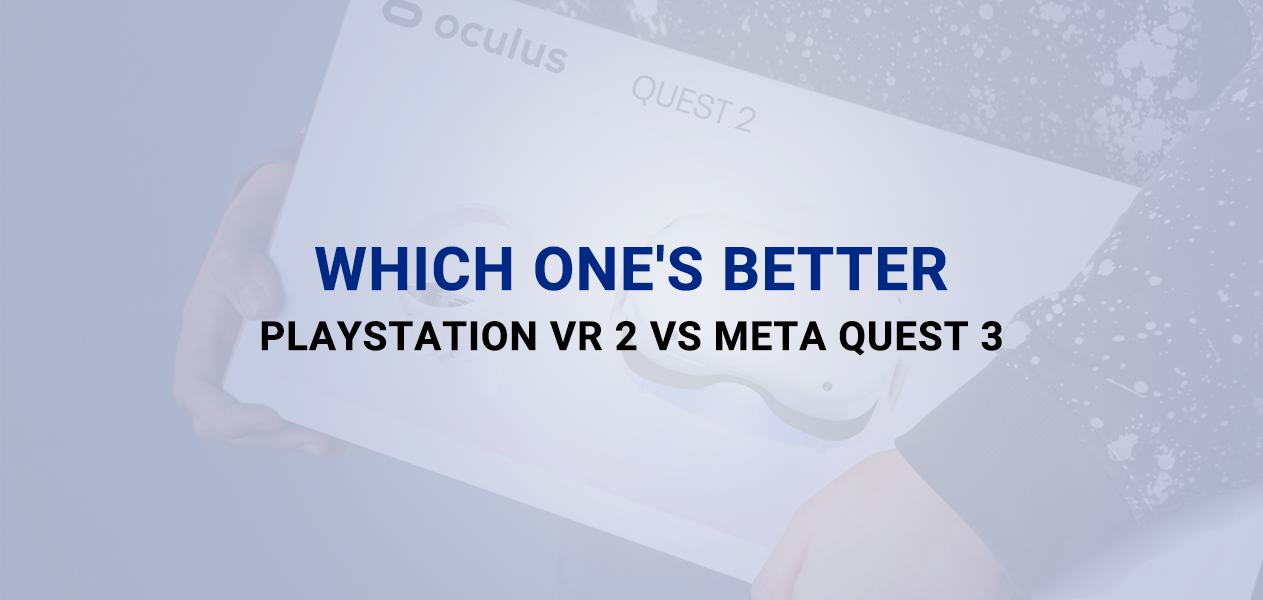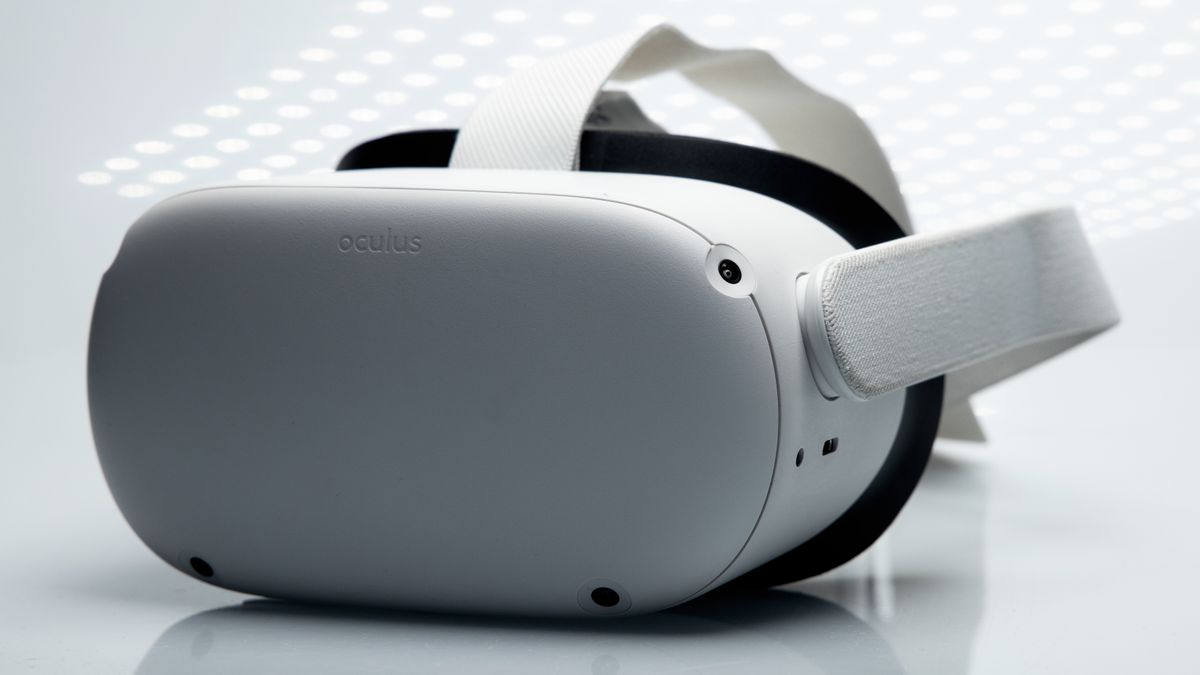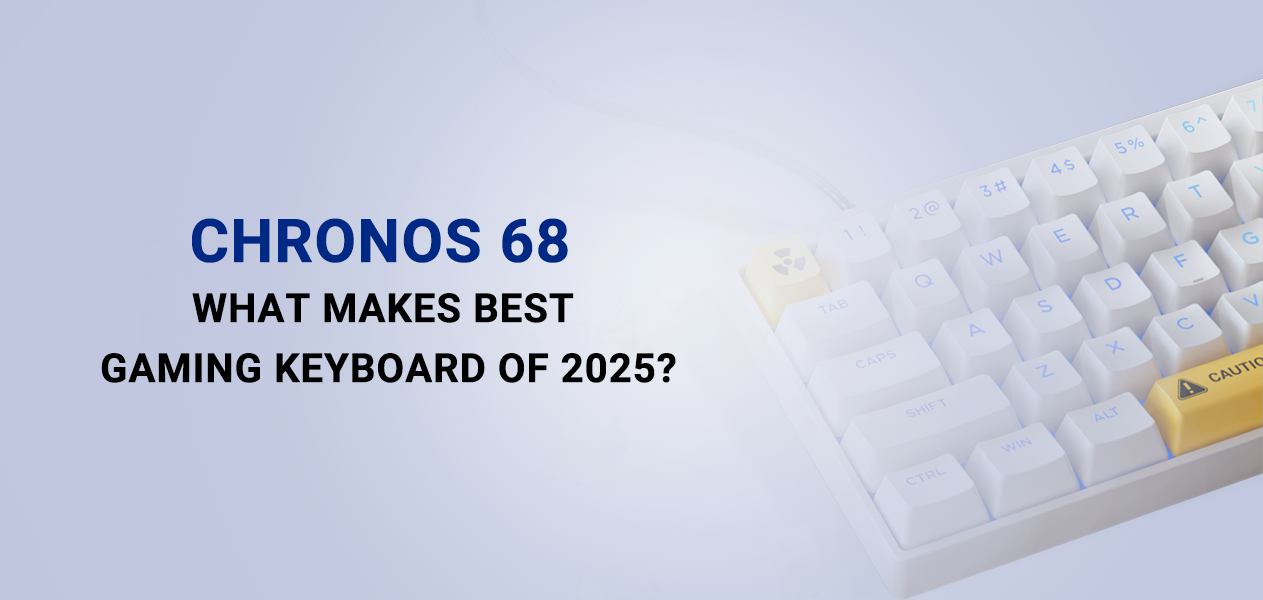Article: All-Around Comparasion Playstation VR 2 vs Meta Quest 3

All-Around Comparasion Playstation VR 2 vs Meta Quest 3
What's the difference between Meta Quest 3 and PlayStation VR2? The two headsets push VR immersion to new heights, but most can't buy both. You can make a decision by comparing design, performance, functionality, and value.

Design and Hardware
The Meta Quest 3 (Oct. 2023) and PlayStation VR2 (Feb. 2023) differ in design. The Quest 3 weighs 515 grams of fabric and plastic. The PSVR 2 is a premium design, with a glazed visor and a white finish. It weighs 600 g but is well balanced. The PSVR 2 has a more powerful strap grip for active play, and its earphones outshines the Quest 3's hidden speakers. The Quest 3 is flexible with USB-C, while the PSVR 2 has a special connector that binds it to the PS5, limiting its versatility.
Core Capabilities and Configuration
The Quest 3 is a hybrid wireless headset that is portable, not necessary with a PC. Its room scanning cameras map playspaces instantly, with setup via the Oculus app taking under 10 minutes. The PSVR 2, a wired headset, requires a PS5 or a PC that restricts movement. Its setup, involving cable connections and PS5 calibration, takes 15 – 20 minutes. The Quest 3 has a passthrough camera that allows augmented reality, as opposed to the PSVR 2. The Quest 3 also supports 2D content via Oculus Link and PC VR, while the PSVR 2 is exclusively for PlayStation, although it received PC support in August 2024.
Visual Fidelity
The Quest 3's dual LCDs offer 2064 x 2208 resolution, slightly more than the PSVR 2's 2000 x 2040 OLED panel. OLED gives the PSVR 2 higher contrast and black levels, but it also provides a sharp visual effect at more than 1000 PPI. The PSVR 2 has 110 degrees of horizontal vision, similar to the 110-degree horizontal Quest 3. Whereas the Quest 3's pancake lens reduces distortion due to visual impairment, the PSVR 2's eye tracking improves clarity by using foveated rendering, giving it an edge.
Performance
The Quest 3 has a Snapdragon XR2 Gen 2 processor that provides advanced physics, lighting, and textures in standalone VR. The PSVR 2 uses the PS5 to provide the potential for better graphics in games.
Sound and Comfort
Audio significantly impacts VR immersion. The PSVR2 features headphones connected through a 3.5mm jack that supports Sony's Tempest 3D sound system, creating a dynamic soundscape like Gran Turismo 7. You can also make your device more flexible using compatible wireless audio devices. The Quest 3 has built-in strap speakers, which are easy to use and have great 3D audio, but they don't quite match the depth of PSVR2's immersion, particularly with respect to direction.
The Quest 3 weighs 515g, over the 600g PSVR2, but the PSVR2 has a thicker headband and a ventilated design to distribute the weight and prevent overheating, making it ideal for long sessions. Some users find the Quest 3's wireless design more comfortable due to its smaller profile and lack of cables.
Controllers
The PSVR 2 has a built-in rechargeable battery that lasts 4-5 hours, whereas the Quest 3 is powered by an AA battery, which can last for a long time with a rechargeable AA battery, possibly for months.
The Content Libraries
The Quest 3 builds on Meta's vast VR library, including Asgard's Wrath 2, and supports PC VR, with more titles available. The PSVR 2's smaller library, with exclusive features like Horizon Call of the Mountain, is dependent on a PS5 installation base, but is likely to grow.
Social and Multi-User
The Quest 3's Horizon platform provides a profile and multi-player drop in social VR. The PSVR 2 uses the PSN, but the lack of a permanent social space or user profile, making it difficult to share. From a fitness standpoint, the Quest 3's untethered design is better than the PSVR 2's wired configuration.
Value and price
The PSVR 2 will cost $399.99 as of March 2025, less than $549.99, but will require either a PS5 ($500 +) or a $50 adapter. The Quest 3 ($499.99) is a stand-alone device that combines virtual reality, hand tracking, and a broader library.
The Bottom Line
The Quest 3 is famous for being versatile, portable, and realistic. It's a big draw for VR enthusiasts. The PSVR 2 is good at audio, comfort and PS5 exclusive graphics, so it's perfect for PlayStation fans. If you've got a PS5 that favors visual effects, the PSVR 2 will appeal to you at $399.99. As far as single-player flexibility is concerned, Quest 3 is the best for you.

Hopefully we help you enjoy the games. If you want to purchase VR equipment, we have the best VR accessories our store,I Visit our site now to get your VR sets more safely and stylishly!

